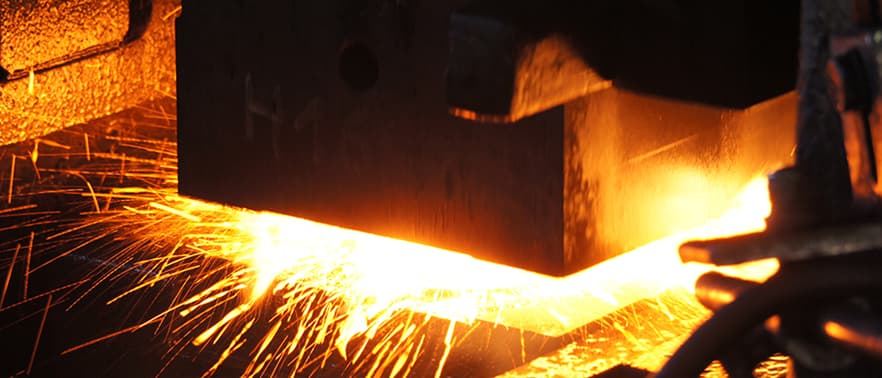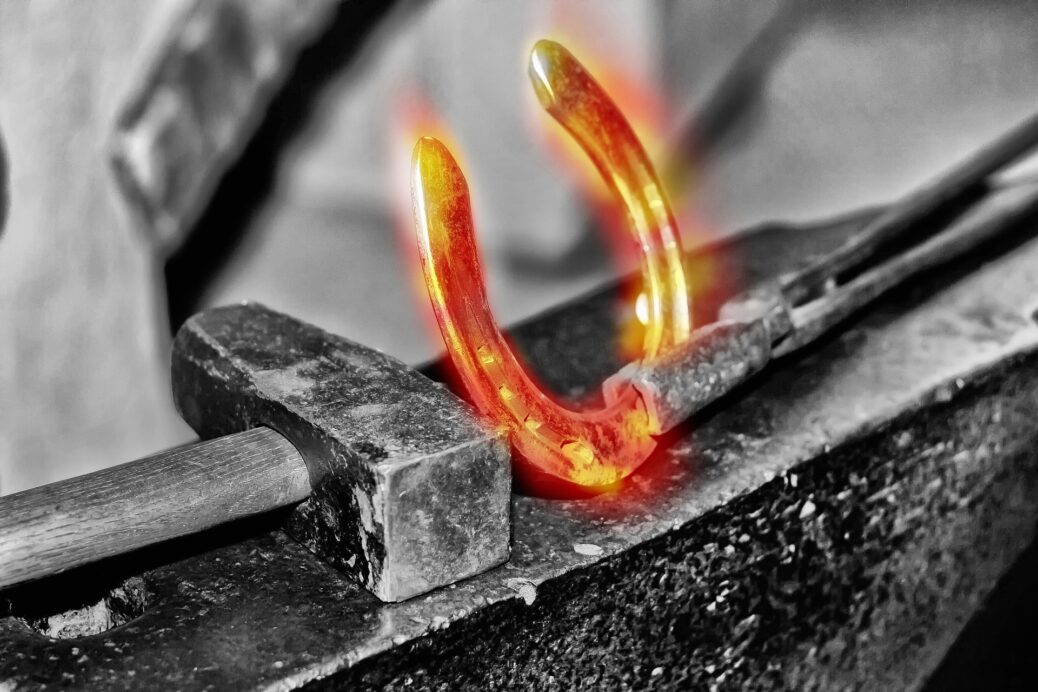After the mines were found, they began to be used in various ways. The printing of precious metals such as gold and silver as money and shaping them with the forging process is known as the basis of today’s forging. First, forging was used by the Romans around 1200 to print two-sided coins. Similar molds used today, on the other hand, began to be used in 1750 with the invention of drop and slide hammers. Forging continues to develop rapidly due to the material’s ability to be shaped within very narrow tolerances, high strength and the most suitable process for mass production. Today, this progress has reached high precision clean forging process and forging is the process where the desired final shape is obtained by giving a plastic shape between two molds to a part with simple geometry. The forging process is an experience-oriented production method; trial and error studies that have been carried out for many years have provided an accumulation of experience in this sector. In the process that started with the production of very simple parts, today the production of parts with large and complex shaped geometries is in a suitable position[1].

Forging Advantages And Disadvantages
The forging process can produce a part with better performance than cast materials and machined materials; because during the forging process the internal grain texture is deformed to follow the general shape of the part; the result is a part with improved strength properties. In addition, forged parts can be produced with lower economic loss than casting or fabrication. Considering factoring and quality in all costs and scrap costs that arise from the initial state of a product to its finalization, forging processes provide more benefits in long periods. Hot forging, secondary processing on the part is more advantageous than cold forming; Also, in a few cases; Other methods of hardening the part, for example heat treatment, are generally more economical and also controllable. In general, materials such as aluminum alloys and titanium will be hot forged followed by hardening, as alloys are prone to precipitation hardening. In the case of hot forging, a high temperature furnace is required to heat the ingots or logs; Due to the size of large forging hammers and presses, the parts to be produced, and the dangers of working with hot metal, a special area is required for processing and protection; In the case of drop forging operations, it is done to prevent the shock and vibration generated by the hammer. Most forging operations require proper shaping of the workpiece, which requires careful processing and thorough heat treatment. Metal forming molds are used for these processes. There are many forging methods; However, forging is divided into three main classes;
- Drawn out: length increases, cross-section decreases
- Upset: length decreases, cross-section increases
- Squeezed in closed compression dies: produces multidirectional flow
Common forging operations; rolling, forging, gear forging, open die forging, printing die forging (close die forging), press forging, cold forging, all forging operations are carried out at various temperatures; however, the classification process is based on whether the metal temperature is above or below the recrystallization temperature. If the temperature is above the material’s recrystallization temperature it’s deemed hot forging; if the temperature is below the material’s recrystallization temperature but above 30% of the recrystallization temperature. If below 30% of the recrystallization temperature (usually room temperature) then it’s deemed cold forging. The advantages of hot forging are faster and more precise and the metal is deformed. Therefore, the hardening effects are eliminated by the recrystallization process. Cold forging typically leads to work hardening of the piece.
Read more: Types of Forging
References
[1] Cast steel: Forging, archived from the original on 18 February 2009, retrieved 3 March 2010
[2] Retriewed from: https://www.forginal-industrie.com/en/expertise/technical-forging/


